The Right Way to Organize Your Fridge to Keep Foods Fresh
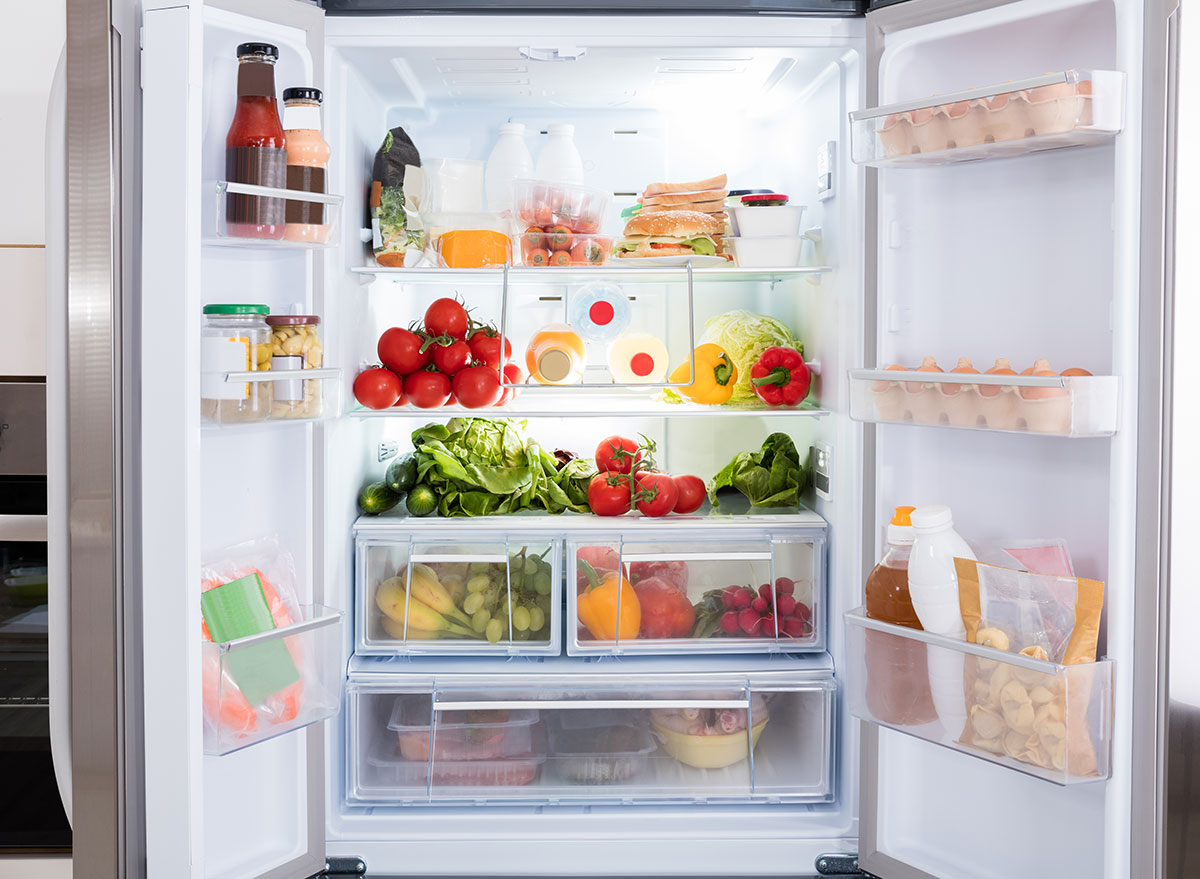
Does it feel like a game of Tetris every time you stuff leftovers into the refrigerator? Or, did you pull out a salad dressing bottle from the back of the fridge, only to discover it expired months ago? Are your groceries expiring fast, causing massive food waste?
If any of this is frequently happening to you, it may be time to deep clean and organize your refrigerator the right way. Not only will it bring you joy (thanks, Marie Kondo!), but proper organization can also help your food last longer and ultimately save you money on your groceries.
To get this right, you’ll want to pull everything out of the fridge, toss expired items, give the shelves a good wipe down, and then—here’s the important part—put everything back in your fridge in a way that will best preserve your food and make sure no cross-contamination happens.
To help, we called in experts such as professional organizers and chefs to share smart tips on how to organize your refrigerator. Here’s what they have to say.
How to organize the top shelves of your refrigerator
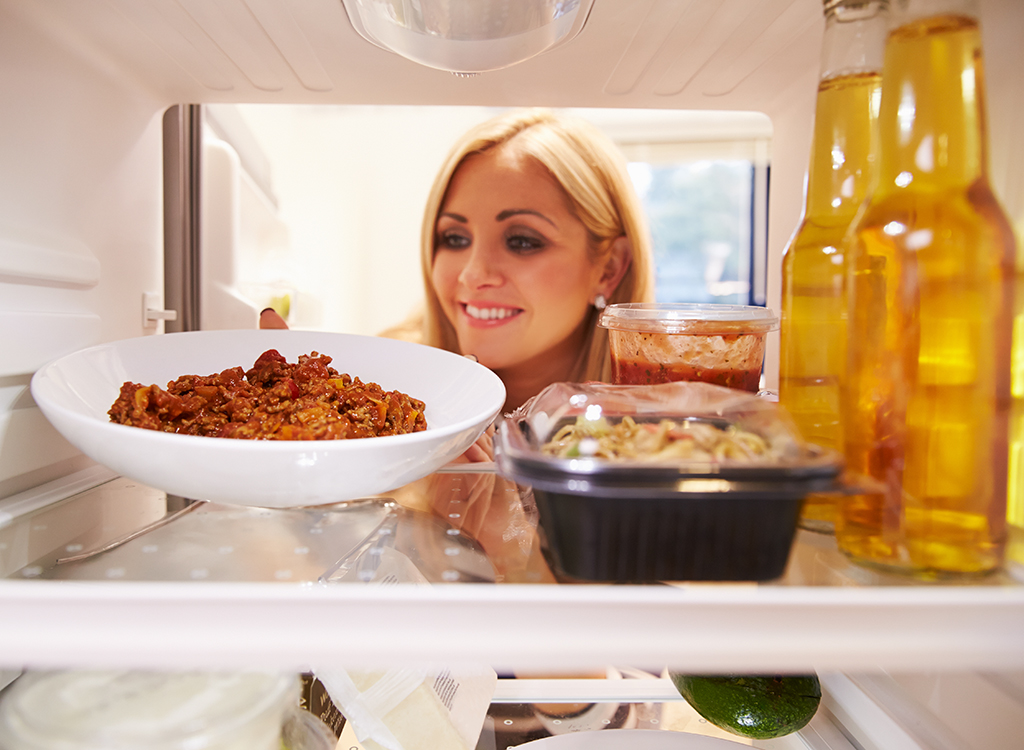
In general, food safety experts say you should organize your food based on the temperatures that food needs to be cooked at (more on that later!). With that in mind, keep the top shelf reserved for leftovers and pre-cooked foods. You can use your top shelf to stash ready-to-eat foods, drinks, and herbs that are wrapped in damp paper towels and stored in resealable bags or sealable containers, suggests Executive Chef Jonathan Dearden from Radiator in Washington, D.C.
How to organize the middle shelves of your refrigerator
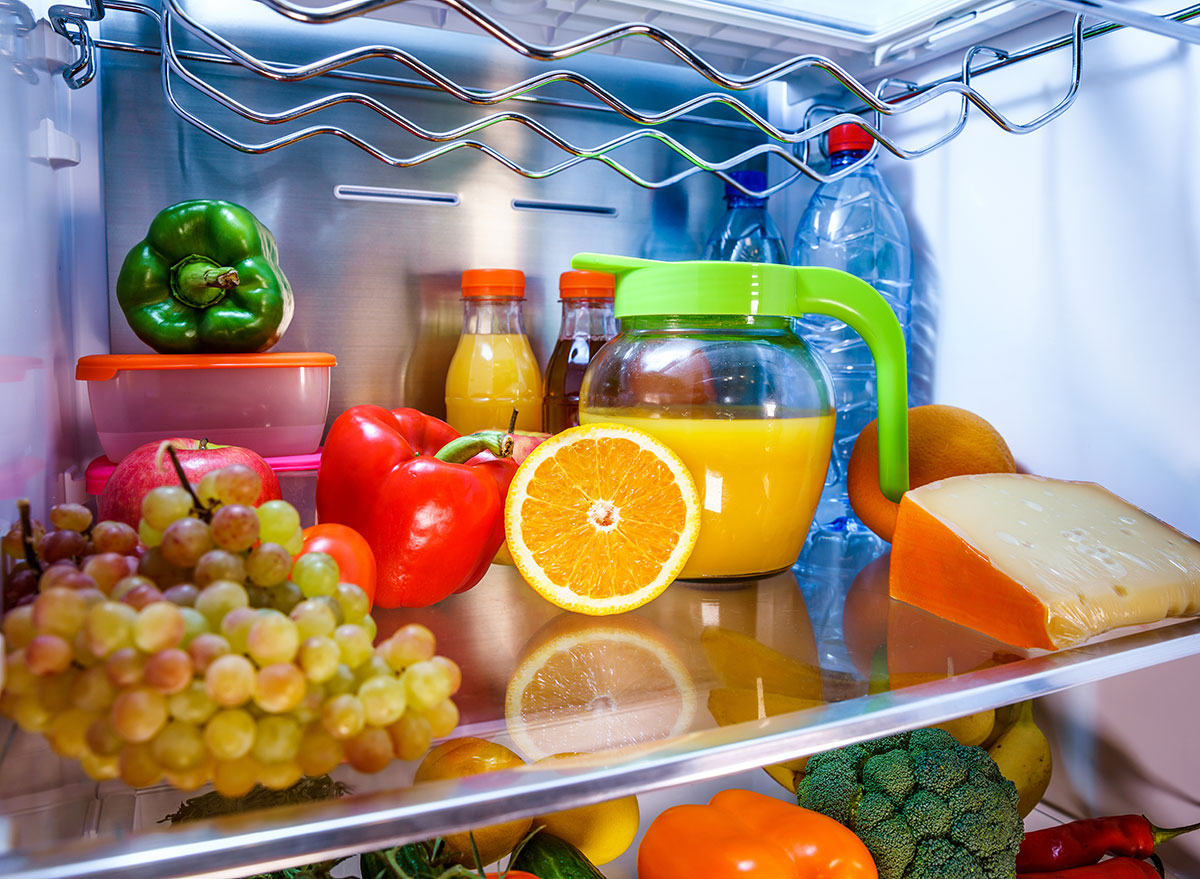
Adjustable shelving is a perk of refrigerators, says Chaos Concierge owner Elise Gurock. She recommends spacing shelves out based on what food is bought most frequently. Middle shelving is still eye level and easy to reach, so that makes it a good spot for milk, juices, and eggs, she says.
How to organize the lower shelves
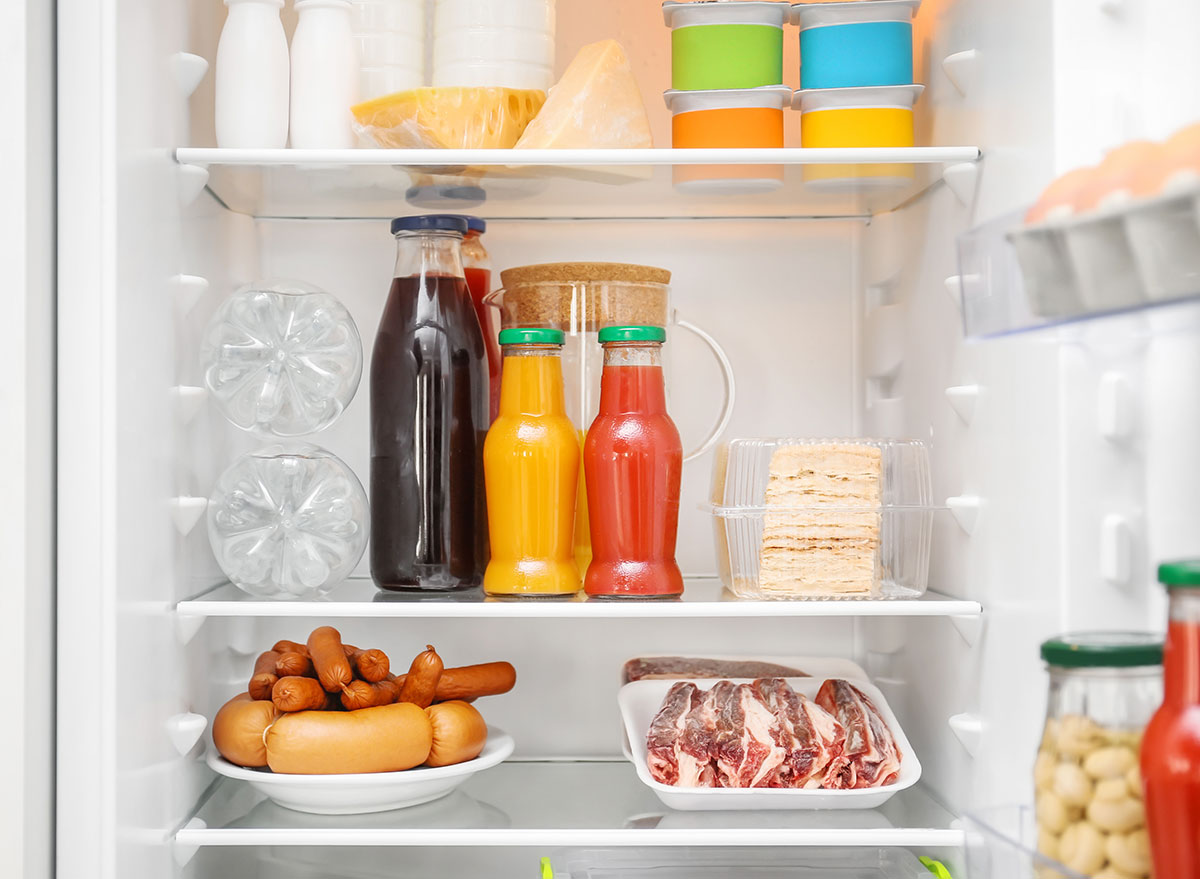
Keep your lower shelves for raw meats and fish. If you have multiple lower shelves, though, you’ll want to keep cooking temperatures in mind.
Foods that require a lower cooking temperature should be stored above foods that require a higher cooking temperature, explains Janilyn Hutchings, a food scientist who is a Certified Professional in Food Safety and in-house specialist for StateFoodSafety.
For example, a beef roast, which needs to be cooked to 145 degrees, should be stored above ground beef, which requires a minimum internal temperature of 155 degrees. Ground beef should be stored above poultry, which needs to be cooked to 165 degrees. This can help prevent cross-contamination because what you don’t want to happen is, for example, you accidentally stored raw chicken above a whole, raw beef steak and chicken juice dripped onto the steak.
“When you cook the steak, it likely wouldn’t be cooked to a high enough temperature to kill the bacteria, specifically Salmonella, that could come from the chicken drippings,” she explains.
Also, you can prevent juice from dripping by storing raw meat on trays, Hutchings says.
How to organize the side doors
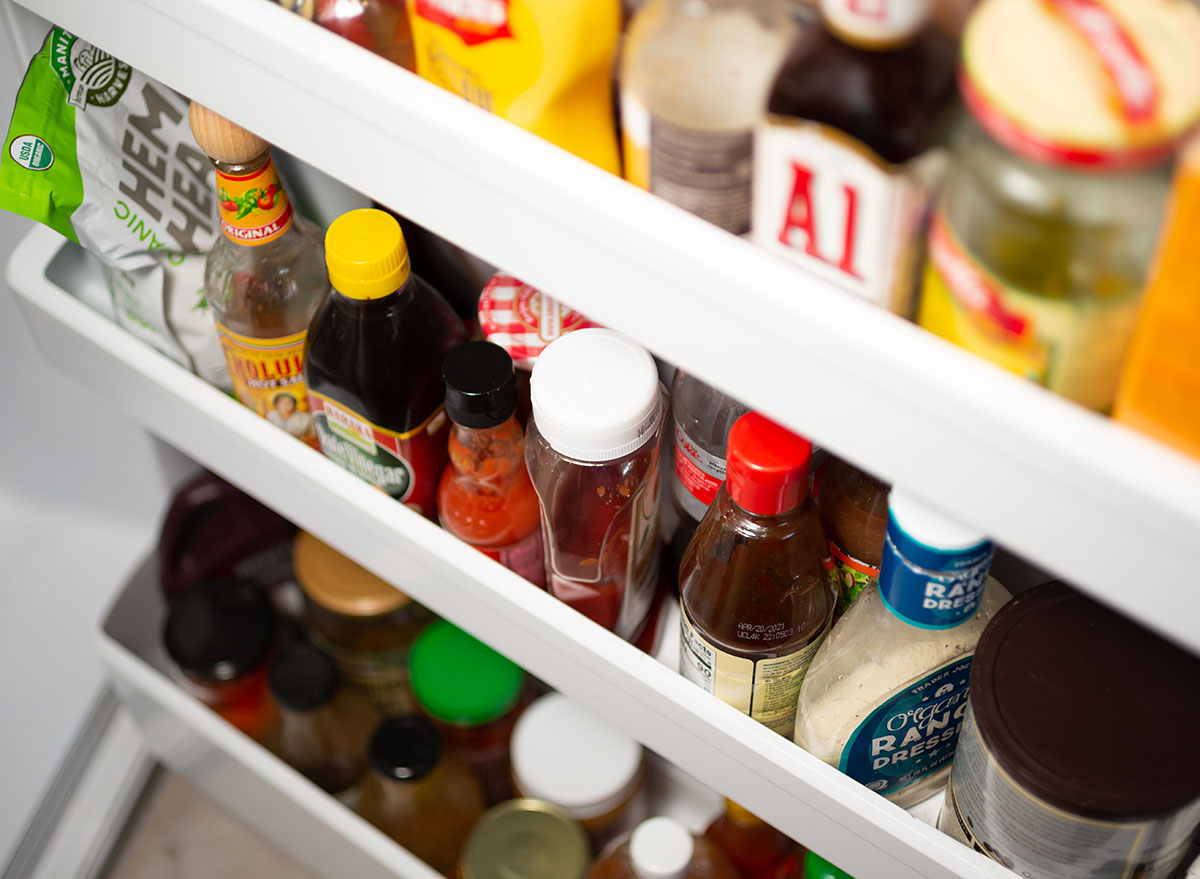
Refrigerator-door foods should be mostly condiments and beverages, Dearden says, and cut citrus is also OK for this spot. But don’t stash your eggs or milk here because it’s the warmest part of your fridge.
“Neither dairy products or raw meats should be stored in the refrigerator door since temperature is lost every time the door is opened,” he says. “Fluctuation of temperature can minimize the shelf life of perishable food.”
How to organize the crisper
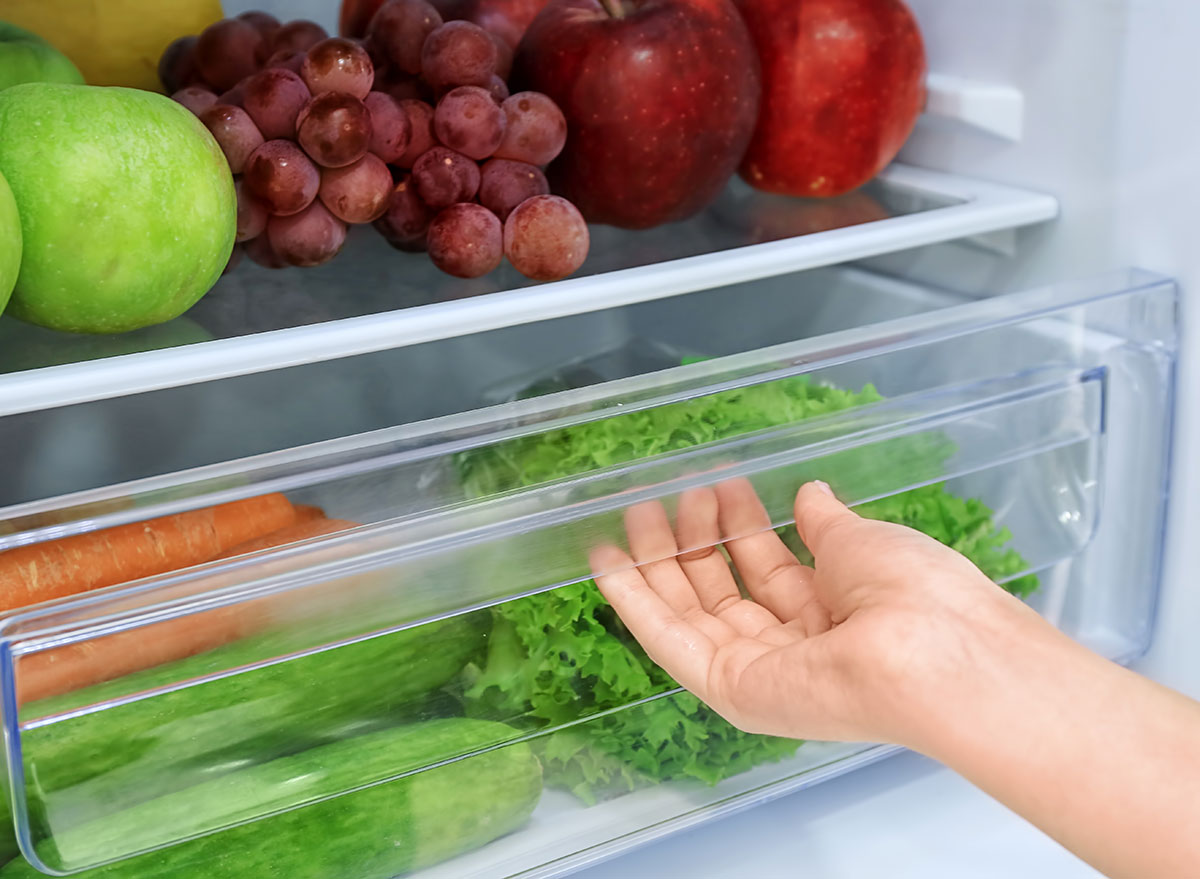
Your crispers are designed for produce, but you don’t want raw meat cross-contaminating your fruits or veggies, right? If your crisper drawers stack on top of one another, you could put meat in the lower one (rather than placing on the lower fridge door) or if they are side-by-side, you could reserve one drawer just for meat.
Another option is you could put fresh vegetables and fruits on one side and deli meats and cheeses on the other, suggests Chef Mark Estee, of Liberty Food & Wine Exchange in Reno, Nevada.
Ready-to-eat salads can be stored in a crisper drawer, too, Dearden says, but make sure you don’t leave produce in the original packaging from the store. “These bags are meant for transfer from the grocery store to home,” he says. It’s best to use good quality bags that are reusable.
What to stash in your freezer
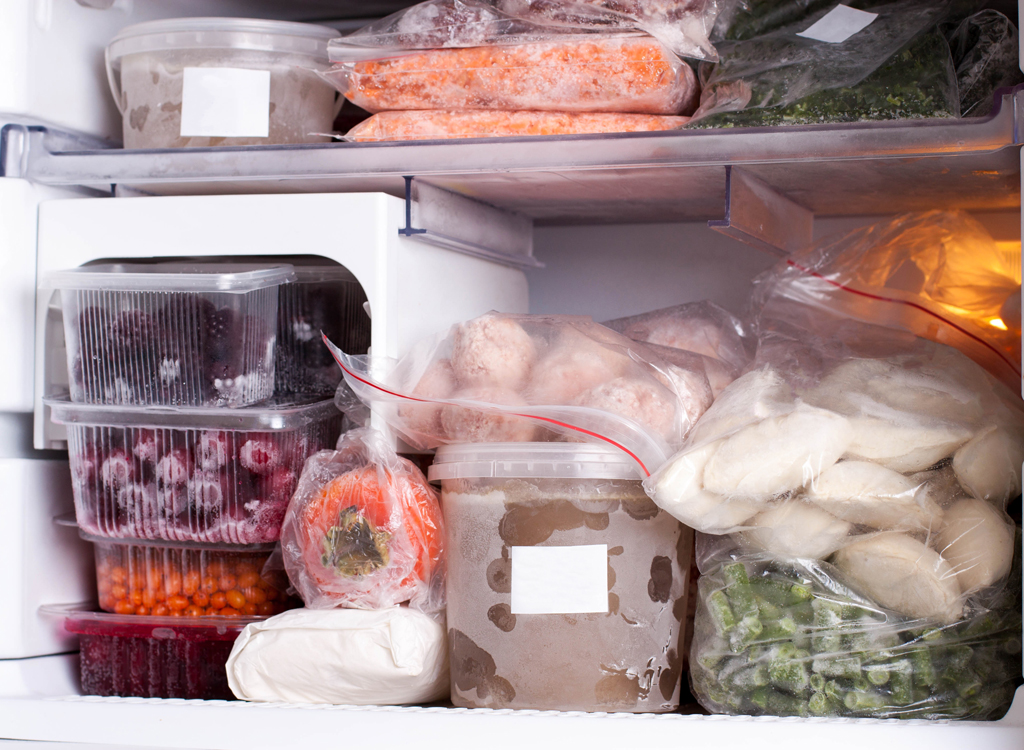
If you purchase frozen foods, you’ll want to keep them frozen until you’re ready to thaw and use or cook it, Hutchings says. This includes frozen vegetables, meats, and ready-to-eat meals, Hutchings says. You can also purchase most of these foods fresh, like fruits, vegetables, and raw meat or poultry, and freeze them before they spoil. Freezing and re-freezing, though, can change the texture of your food, she says, so just keep that in mind when you’re deciding which foods to freeze when it comes time to defrost them before cooking and eating later.
Store ready-to-eat foods like ice cream at the top. Then do frozen foods and vegetables that will be cooked. Below that, keep raw meats and seafood that will be cooked to 145 degrees. The next shelf should be for ground meats and other foods cooked to 155 degrees, and the bottom shelf should be reserved for raw poultry products and other foods cooked to 165 degrees. And now you’re armed with all the right knowledge it takes to have your fridge organized the right way.